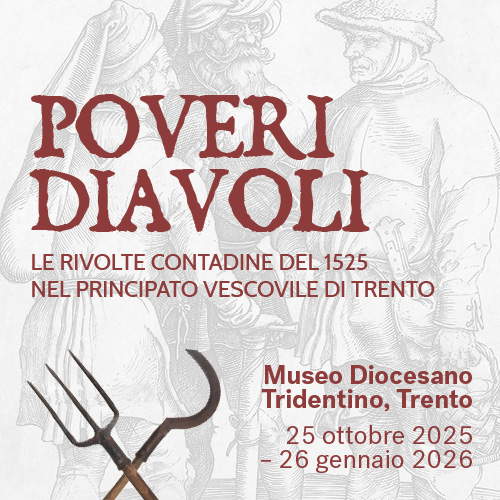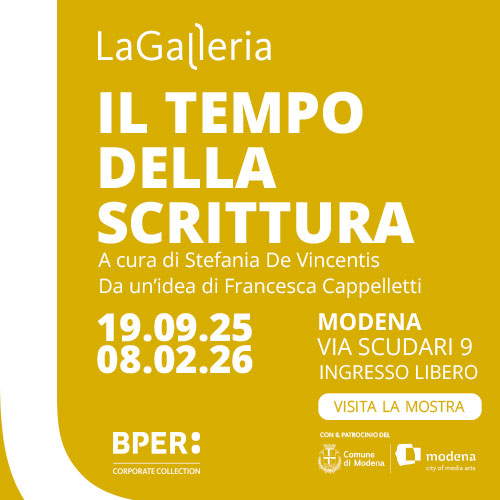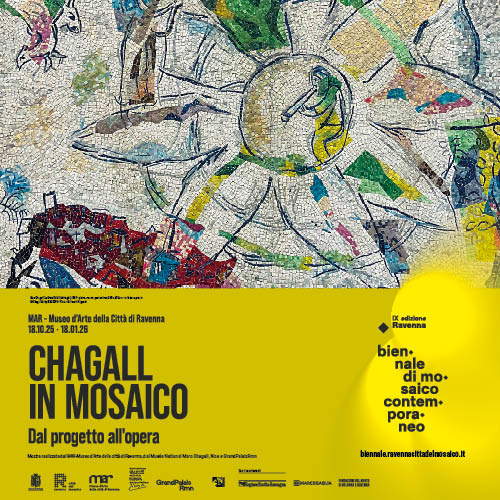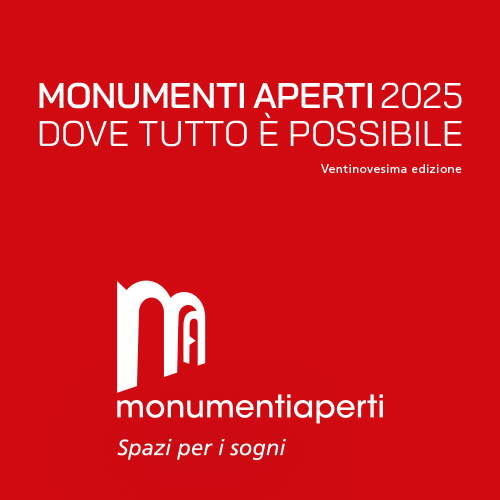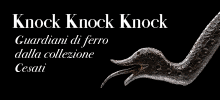
Riva del Garda's MAG's new itinerary: the Pinacoteca gets a makeover to reach everyone
The Upper Garda Museum presents Visions of Garda, a completely revamped exhibition itinerary in the Pinacoteca, where sacred art, the Garda landscape, and museum innovation intertwine in an accessible, inclusive, and dynamic experience capable of engaging visitors of all ages and backgrounds.
By Redazione | 29/04/2025 19:59
The Upper Garda Museum (MAG) in Riva del Garda now presents itself with a profoundly renewed visit itinerary, the result of a multi-year work, the Visions on Garda project, which has involved the management, staff and local community in a process of rethinking the spaces and the ways of fruition. This change stems from a reflection on the role the museum intends to play in the territory and in contemporary society, reinterpreting its mission according to the principles of accessibility, inclusion, sustainability and active participation. The result is a museum that not only preserves and enhances the artistic, archaeological, and historical heritage of theUpper Garda region, but also presents itself as a place of encounter, dialogue, and cultural production.
The MAG is configured as a territorial museum, whose action extends far beyond its headquarters at the Rocca di Riva del Garda. This medieval building, overlooking the waters of the lake, houses both permanent sections devoted to art, archaeology and history, and spaces reserved for temporary exhibitions and families. Here, visitors can relax by watching art films, reading books or trying their hand at games and pastimes designed for all ages in a welcoming and stimulating environment. However, MAG does not end at the Rocca: it also manages the Apponale Tower, symbol of Riva's historic center, and Fort Garda, an imposing Austro-Hungarian fortress on Mount Brione, once the border between the Kingdom of Italy and the Austro-Hungarian Empire. This widespread presence in the area reflects the desire to enhance cultural heritage in situ and to address themes ranging from history to art, from archaeology to photography, in a constant dialogue between heritage and landscape.
The museum, which began as the Museo Civico in the early twentieth century, has always had as its goal the preservation, study and enhancement of the cultural evidence of the area. Nonetheless, in recent years, these traditional activities have been enriched with new educational and training proposals, thanks in part to collaborations with national and international cultural institutions, local bodies and associations.
"The MAG," director Matteo Rapanà explains ,"wants to interpret its mission as a museum in an excellent contemporary way, following the guidelines proposed by the International Council Of Museums, paying particular attention to the issues of environmental and cultural sustainability and physical and cognitive accessibility, declined in the different activities carried out. In fact, during the last years the Upper Garda Museum has enthusiastically interpreted the role of 'community institution', looking more and more towards society and current issues and involving the community more in its projects, organizing participatory exhibition and research activities and creating solid relationships with cultural associations and stakeholders from the business world in the different initiatives organized. Through the analysis of visitors and potential audiences, activities were created for different audience categories, thus reaching new user segments. Finally, with the aim of making the Upper Garda Museum a welcoming and usable space for as many categories of people as possible, accessibility and social inclusion projects have been activated through the active involvement of associations and entities that work with weaker categories or people with physical, cognitive and sensory disabilities."
This strategy has resulted in increasing participation of the local community and active involvement in exhibition and research projects. The museum has been able to reach new audience segments through visitor analysis and the creation of targeted activities, demonstrating remarkable adaptability and innovation. The results are borne out by the data: in 2024, the MAG exceeded 80,000 visitors at its three locations, a significant milestone considering the lean organizational structure of just six employees, supported by external collaborators and professionals.
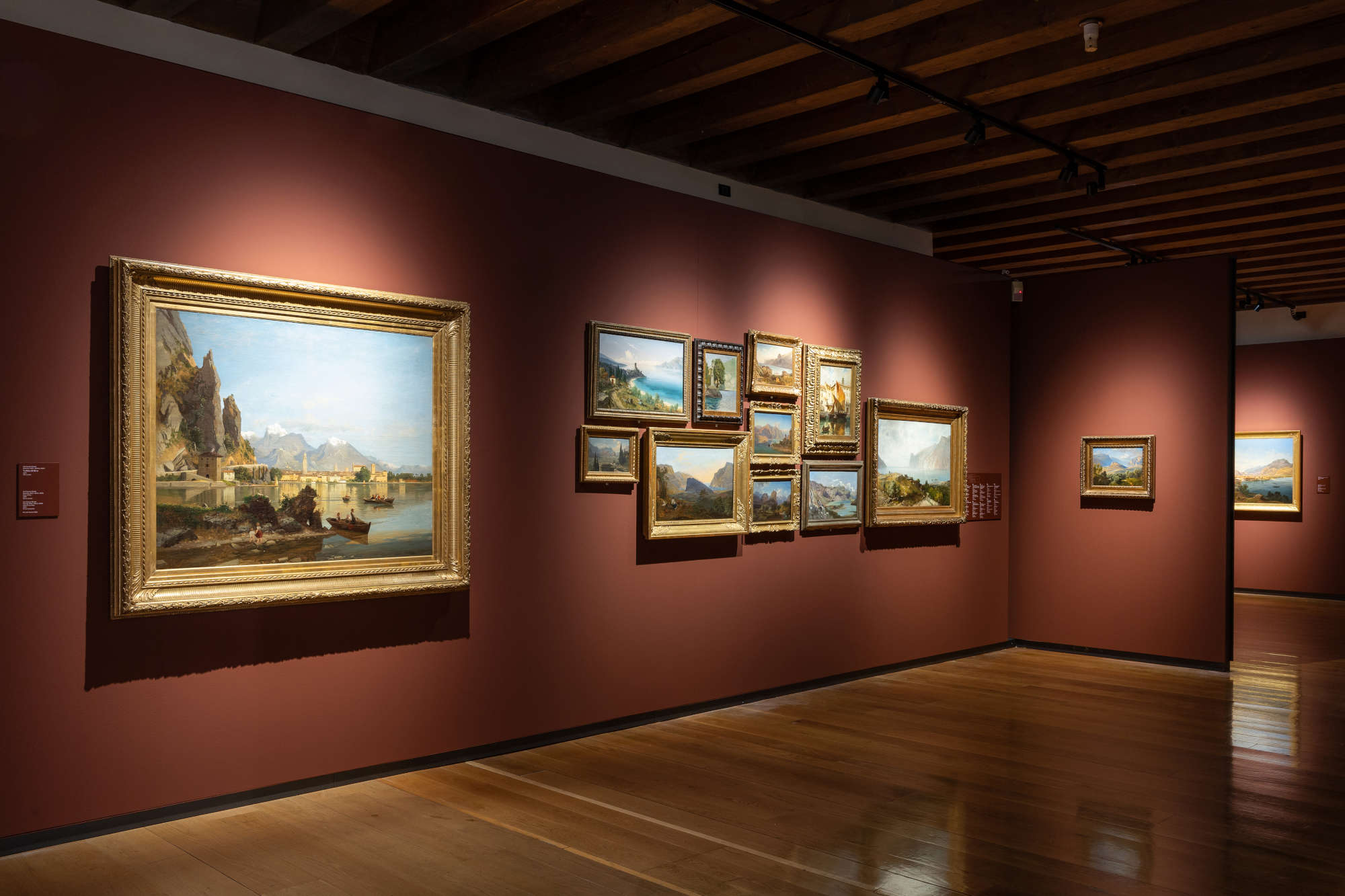
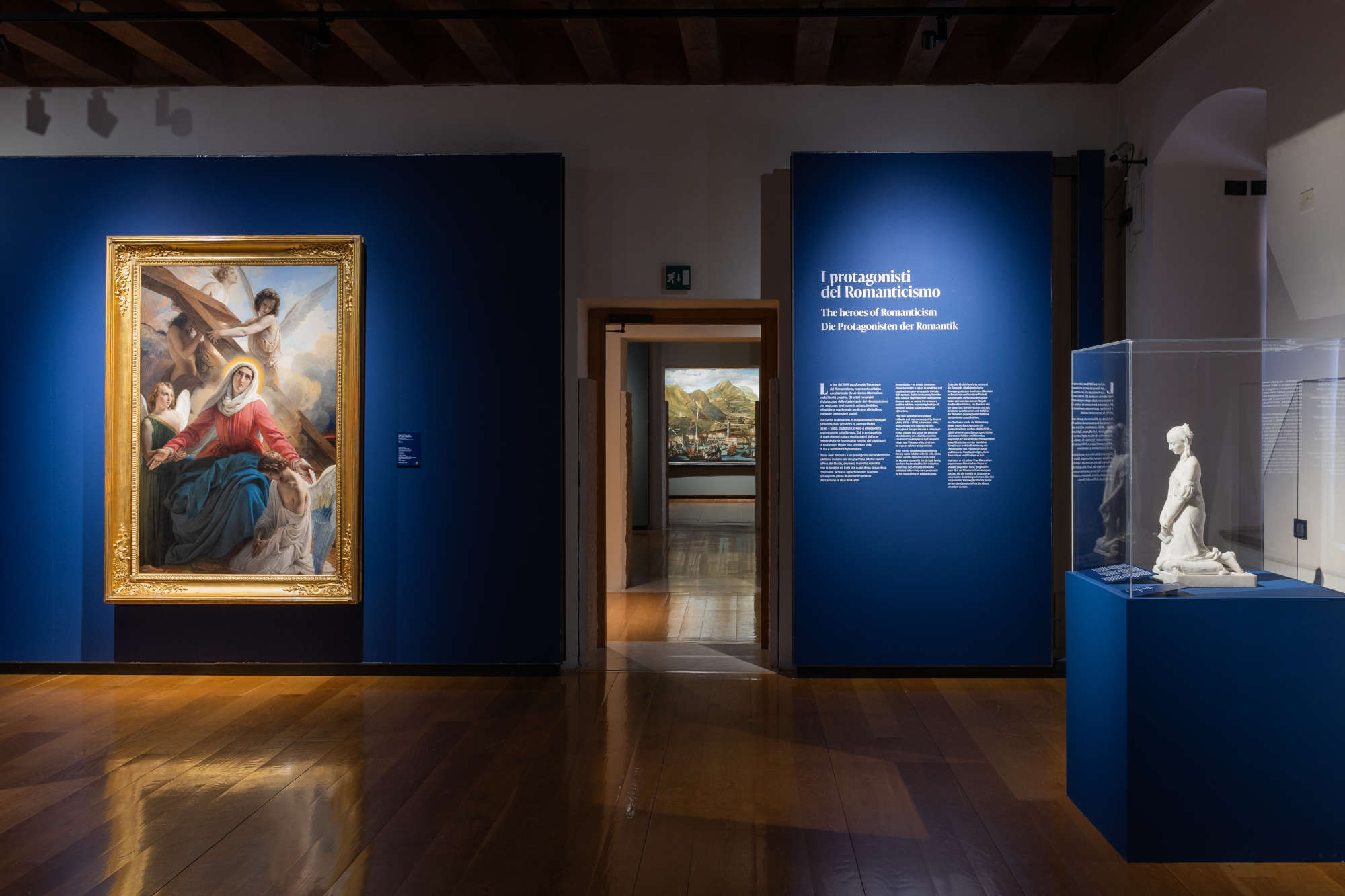
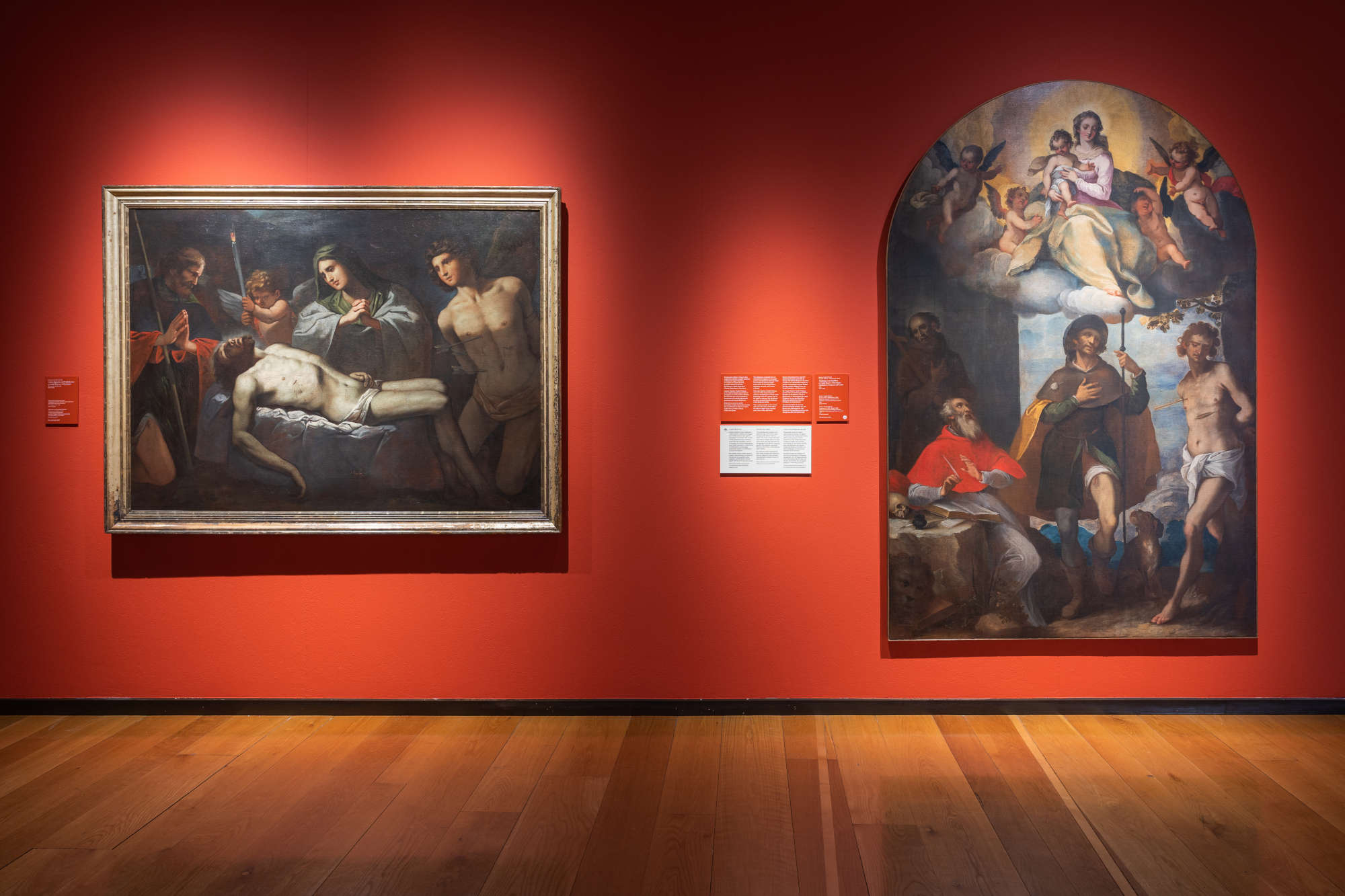
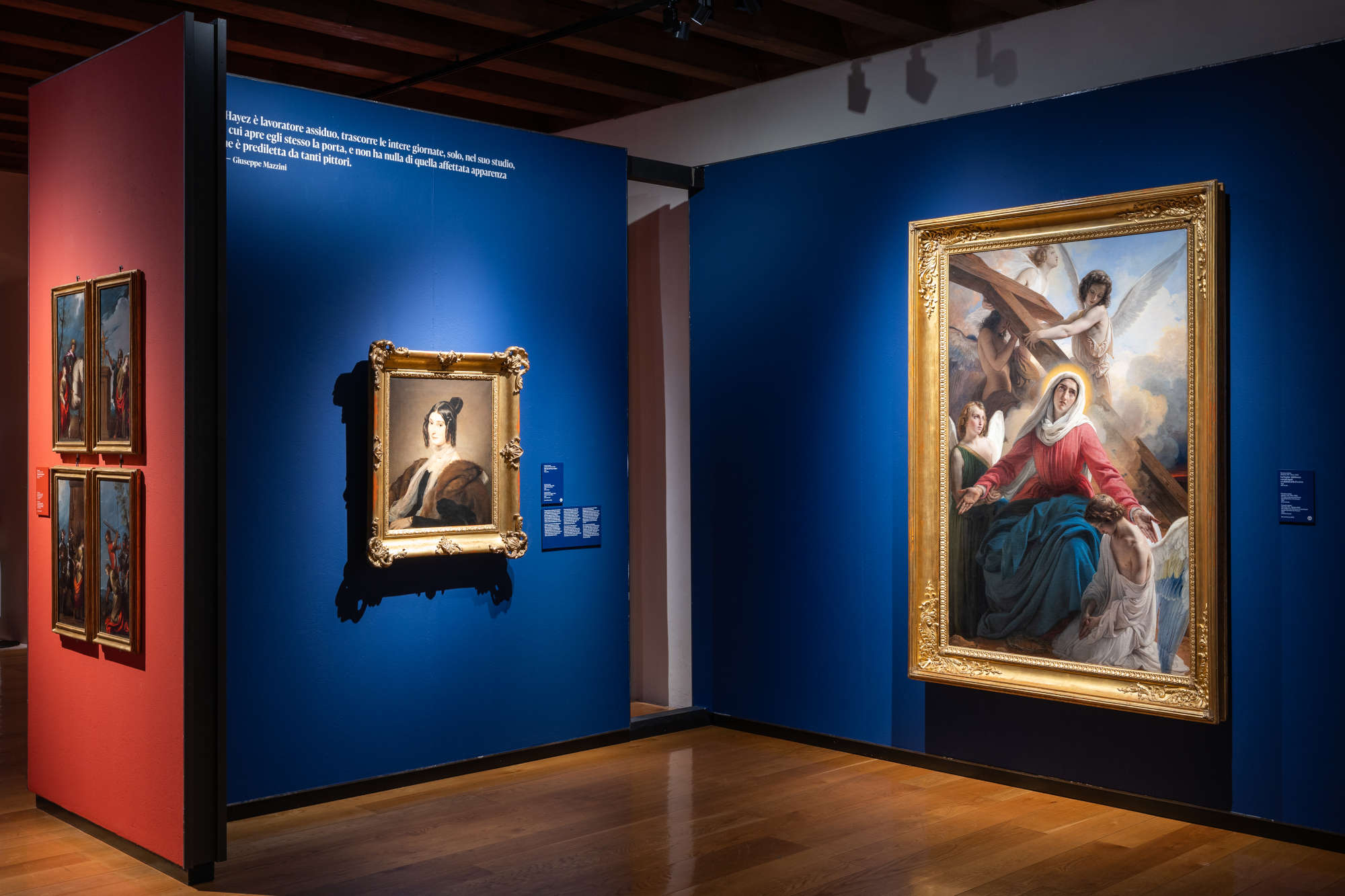
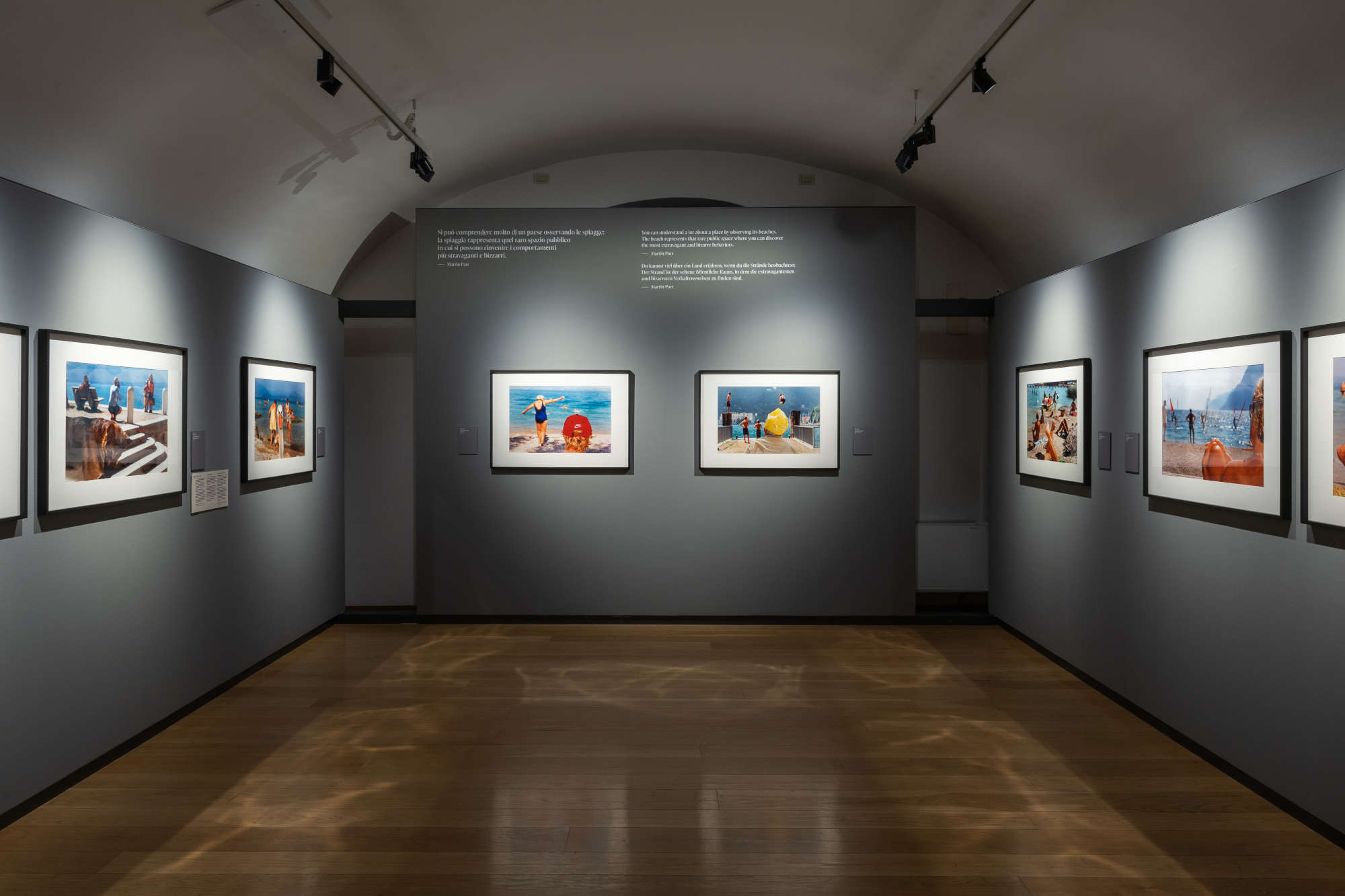
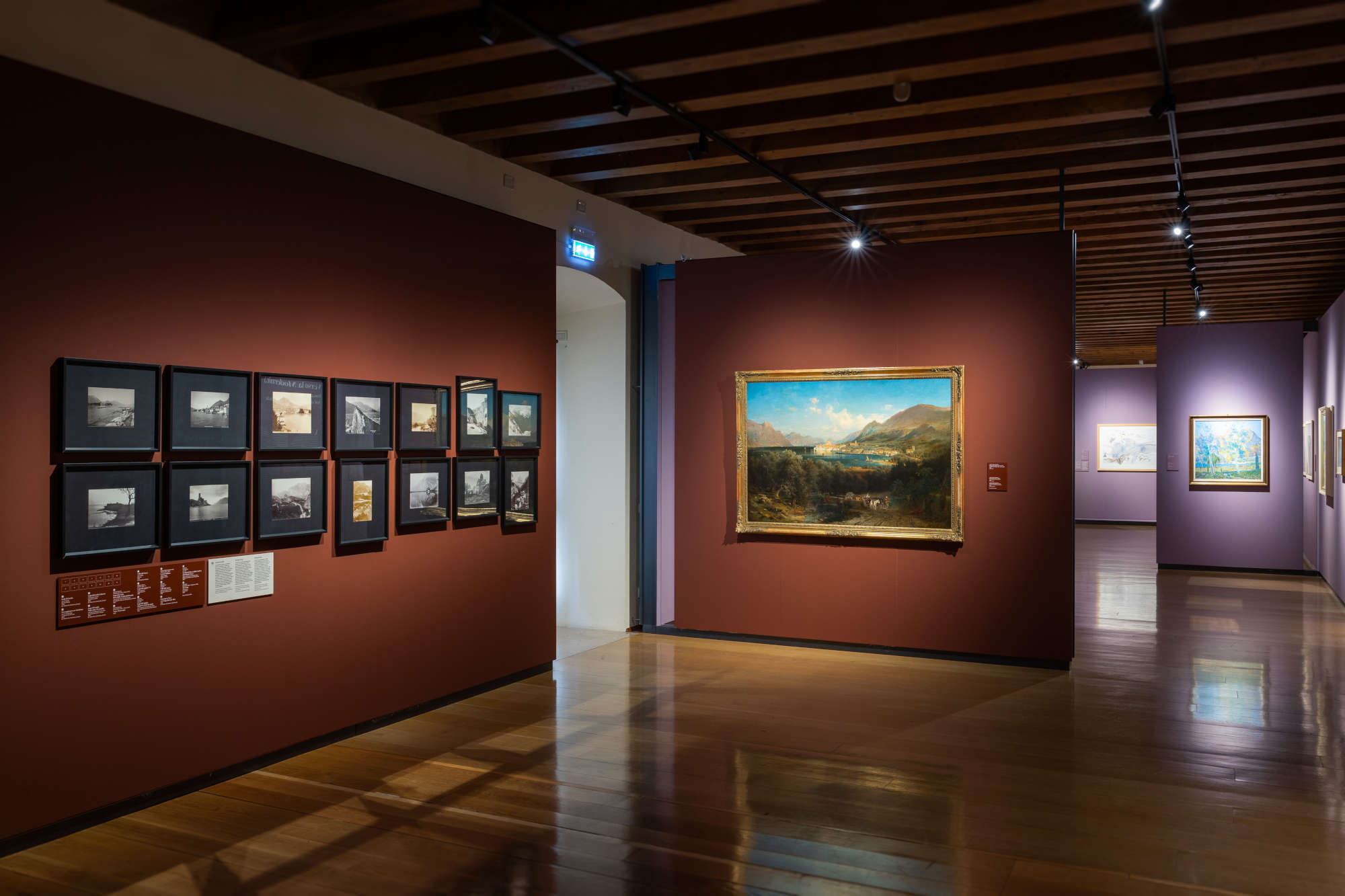
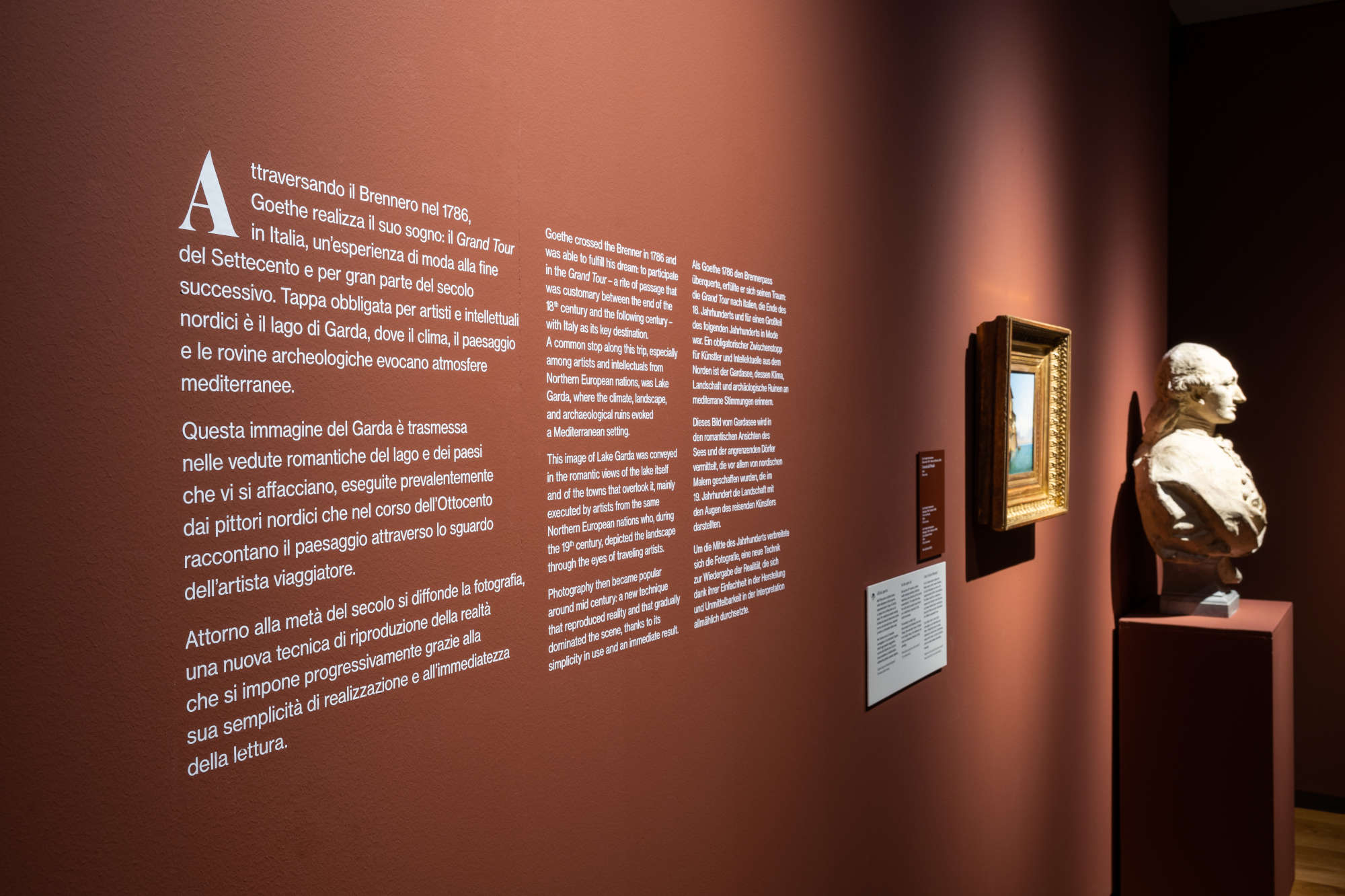
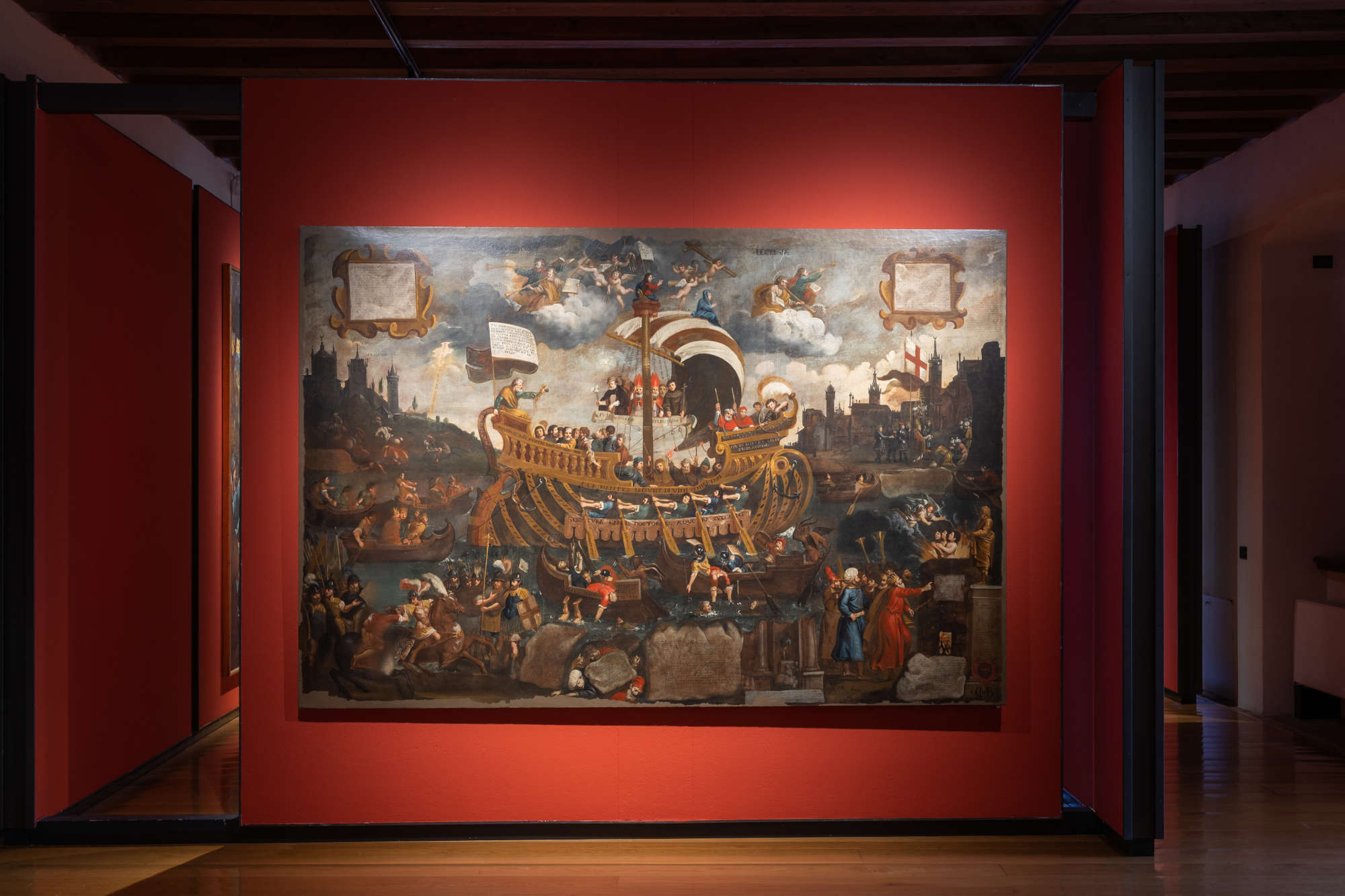
The renovation project: Visions on Garda
In light of these premises, the MAG embarked on an intensive renovation project of its exhibition spaces, which focused particularly on the Pinacoteca, the so-called "main floor" of the museum. The new itinerary, entitled Visions on Garda, is not limited to a temporary exhibition, but represents a redefinition of the Pinacoteca, both museographically and conceptually. The Pinacoteca holds precious artistic testimonies from the 14th century to the early 20th century (the best-known names are those of the Maestro di Sant'Anastasia, Francesco Hayez, Vincenzo Vela, and Giuseppe Craffonara), reflecting the borderline geographical position between the Alpine and Po Valley worlds that characterizes the Upper Garda area. The new layout is the result of careful listening to ministerial indications, the most up-to-date studies on museography and accessibility, and observations gathered from visitors through qualitative and quantitative questionnaires. There are two main objectives: to enhance the art collections and to offer diverse content suitable for different audiences.
The itinerary features the latest acquisitions, recently restored works, andgoods usually kept in storage, now finally accessible to the public. Projects investigating landscape and society carried out by the museum in recent decades are also recounted, in a dynamic layout that allows for a continuous rotation of the collections and the creation of ever-changing thematic focuses.
A distinctive element is the presence of numerous works from churches and monuments in the area, transferred to the museum for conservation reasons. This creates a constant dialogue between the museum and the city, between inside and outside, reinforcing MAG's identity as a museum of the territory. The research on the landscape of Alto Garda, which runs through many of the works on display, involves the visitor in an ideal journey that continues outside the rooms of the Pinacoteca, fostering a continuous permeability between museum and territory.
A multilevel and multilingual itinerary
The new layout, curated by director Matteo Rapanà, who has always been interested in issues of cultural popularization, is characterized by the desire to offer different levels of in-depth study, designed to meet the needs of a heterogeneous public. Each section is introduced by a wall text that presents the topics covered. Alongside the traditional captions, for the most significant works, identified as "the unmissables," in-depth studies have been created in short (displayed on the wall) and detailed format, the latter of which can be consulted via mobile devices in both text and audio modes.
Special attention was paid to "captions for all," designed to stimulate personal observation and reflection by suggesting activities or insights related to the works on display. This approach transforms the visit into an active and participatory experience, in which the public is invited to interact with the works and share their impressions. All content is available in Italian, English and German, thus meeting the needs of an international audience, which accounts for about 60 percent of the museum's independent visitors.
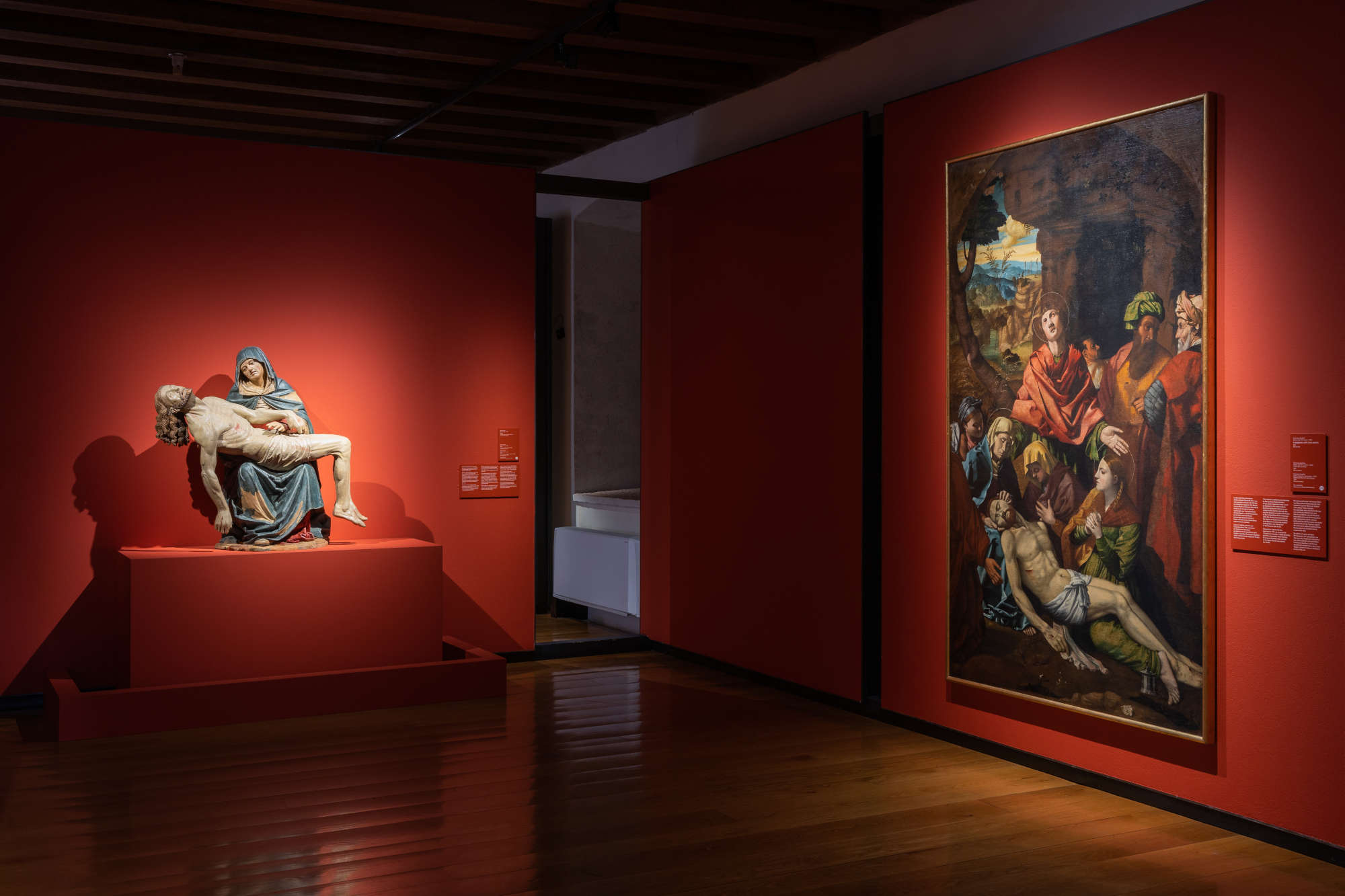
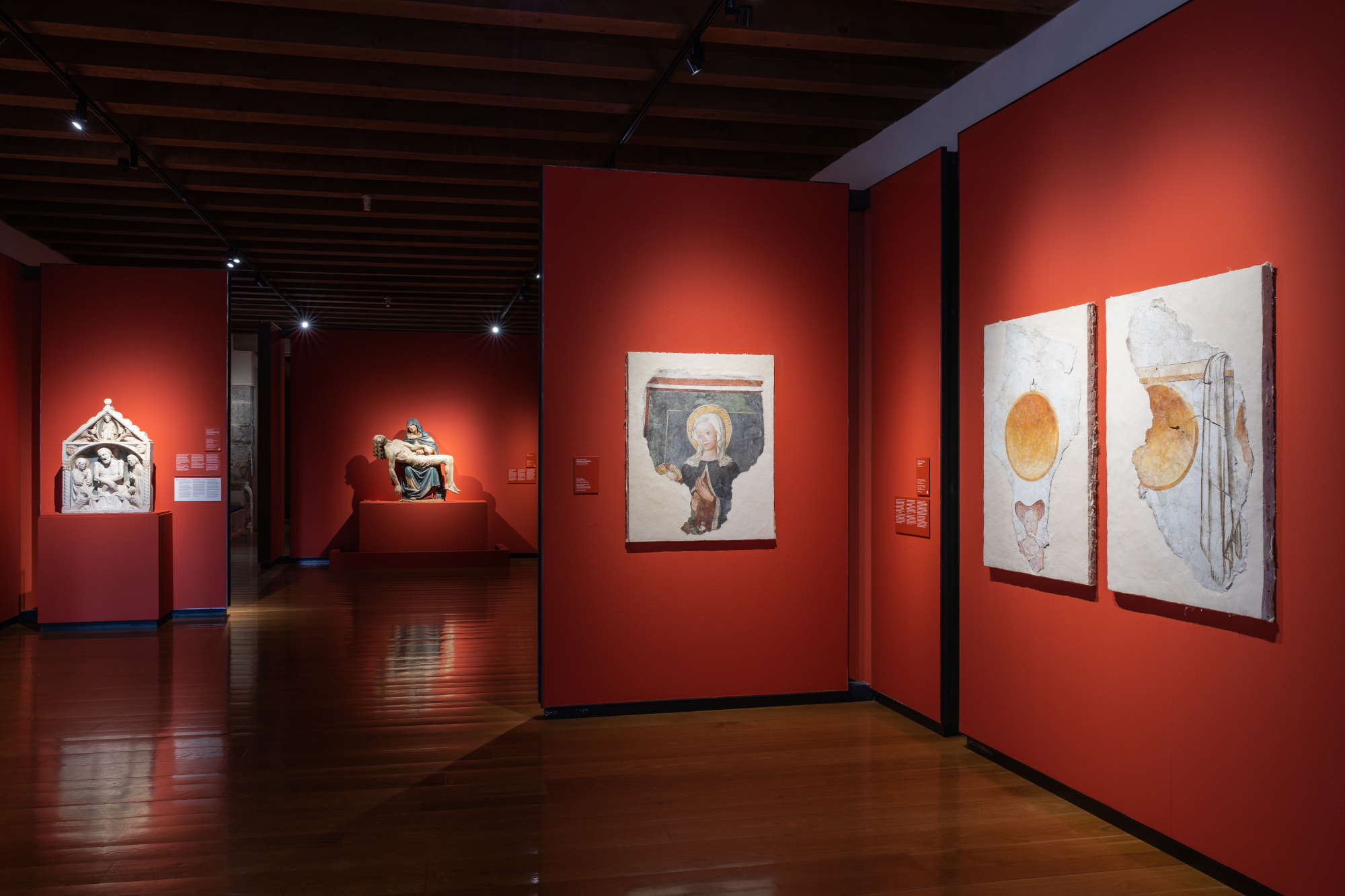
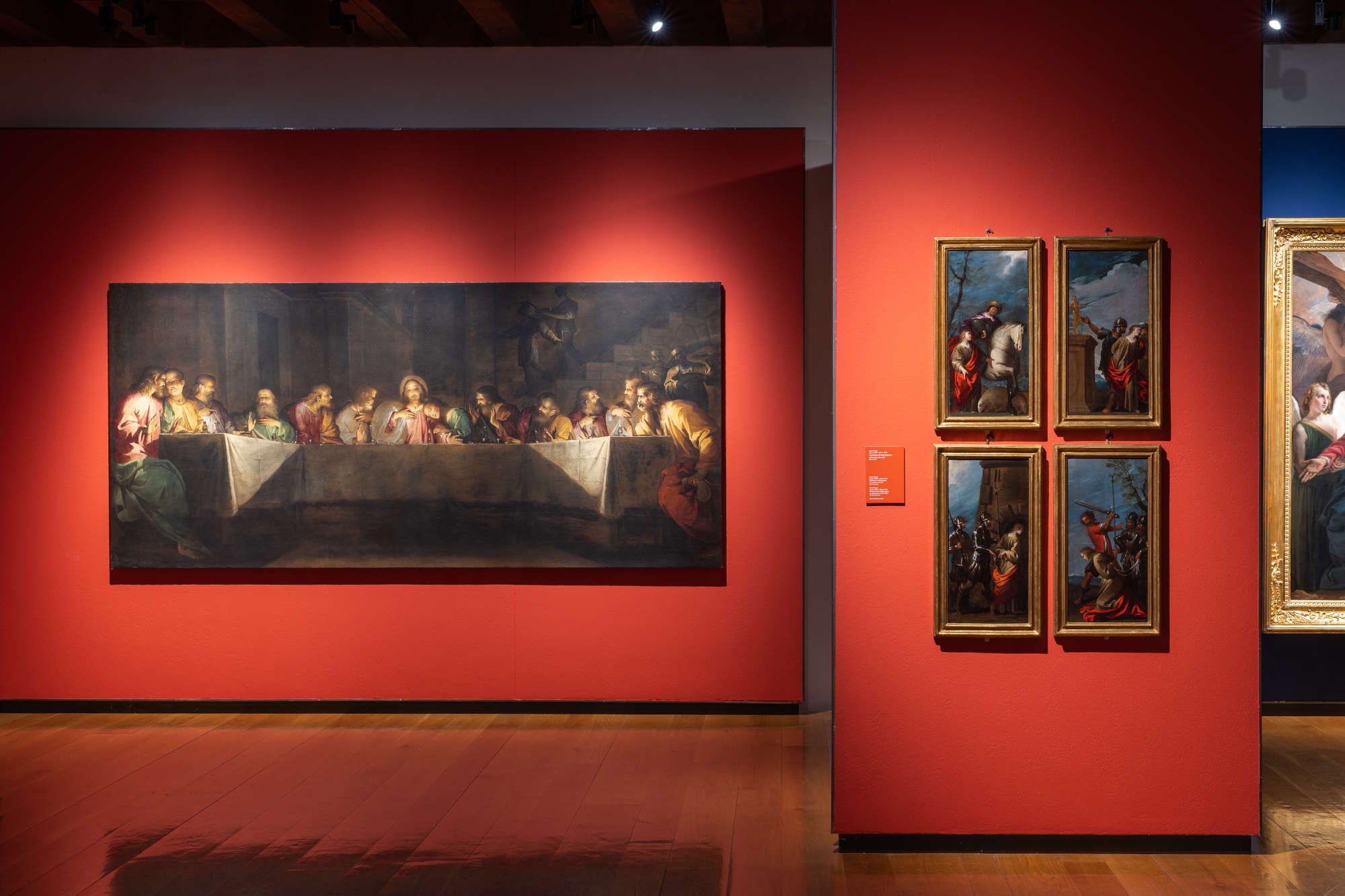
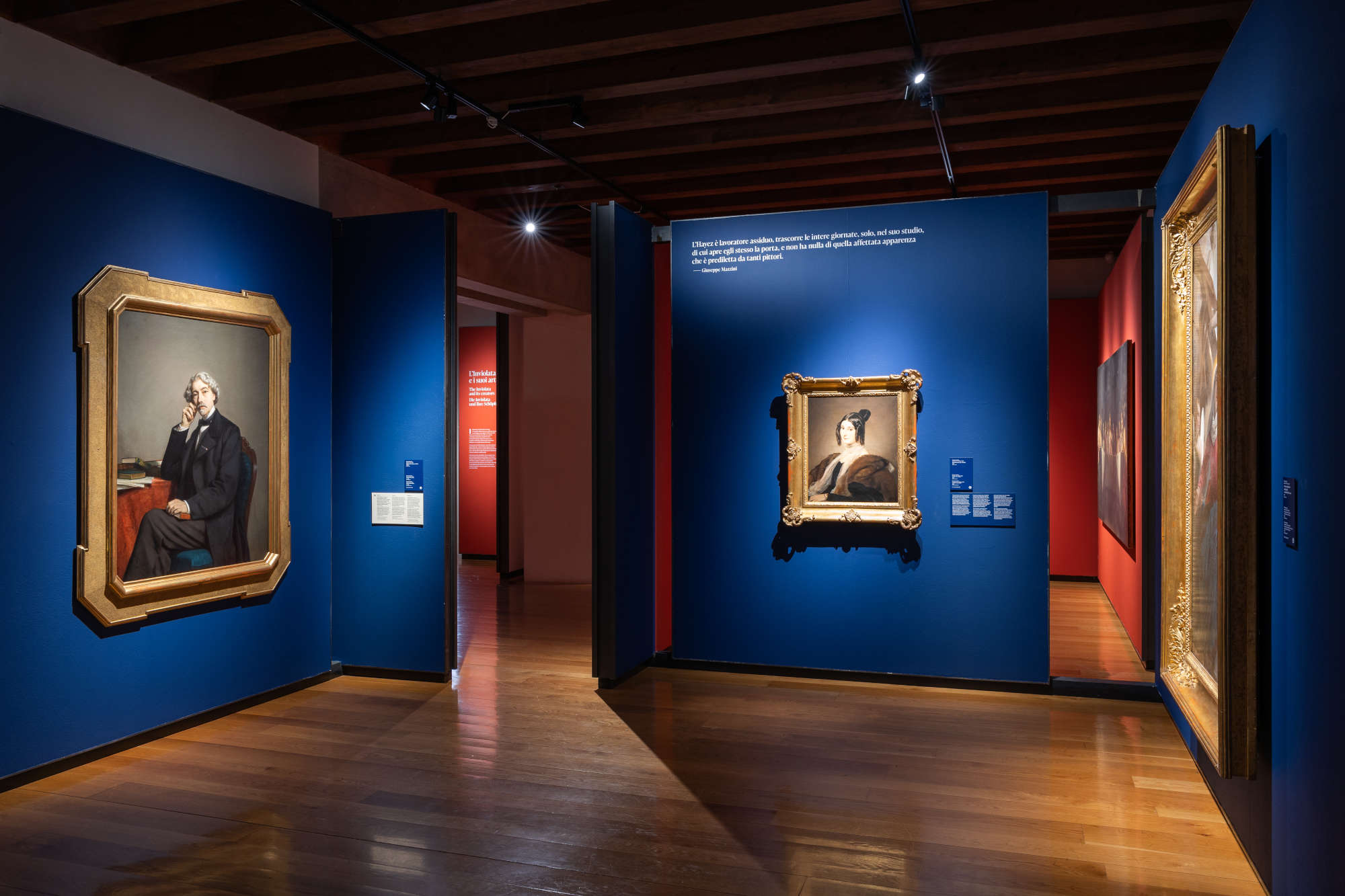
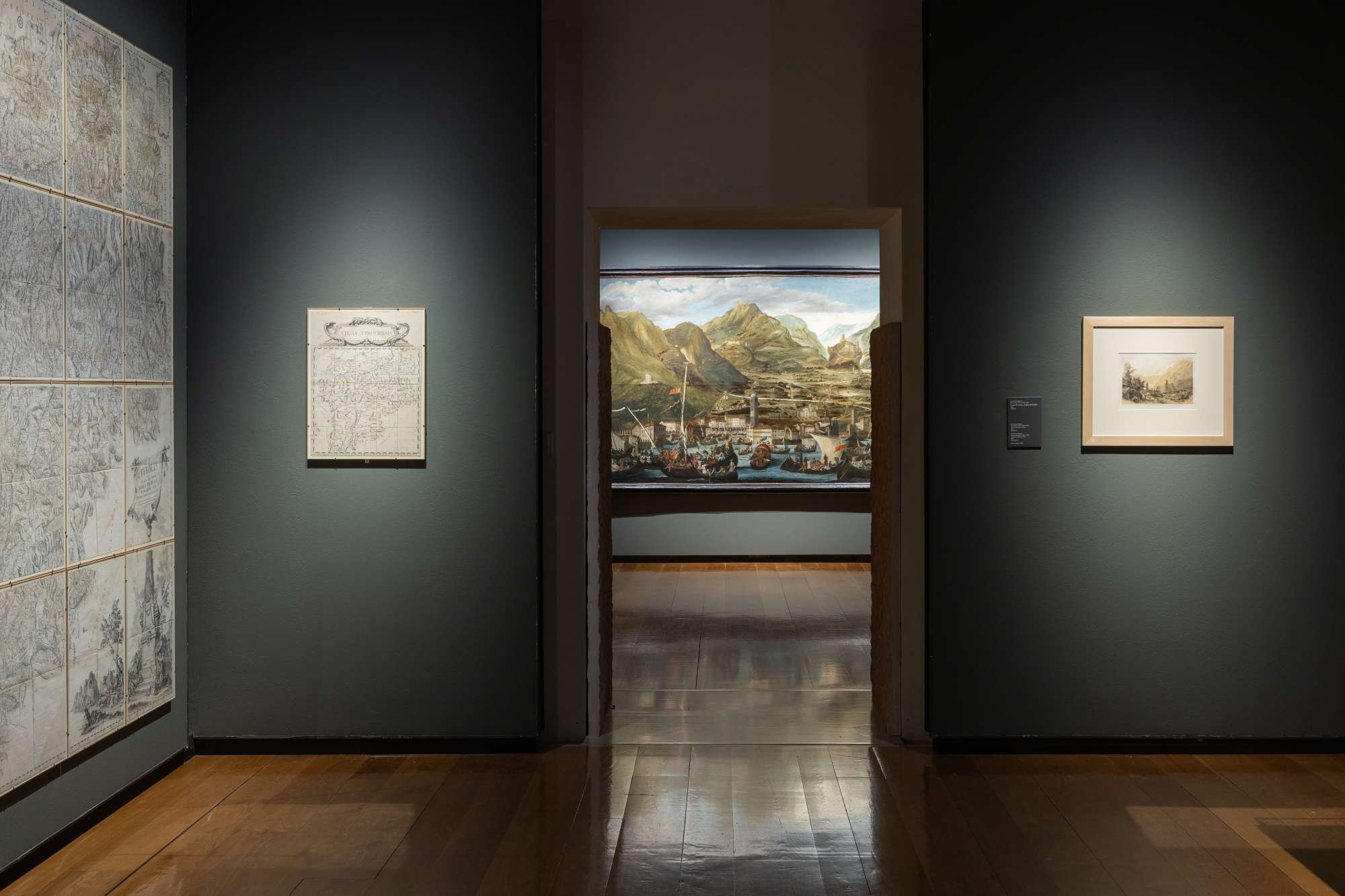
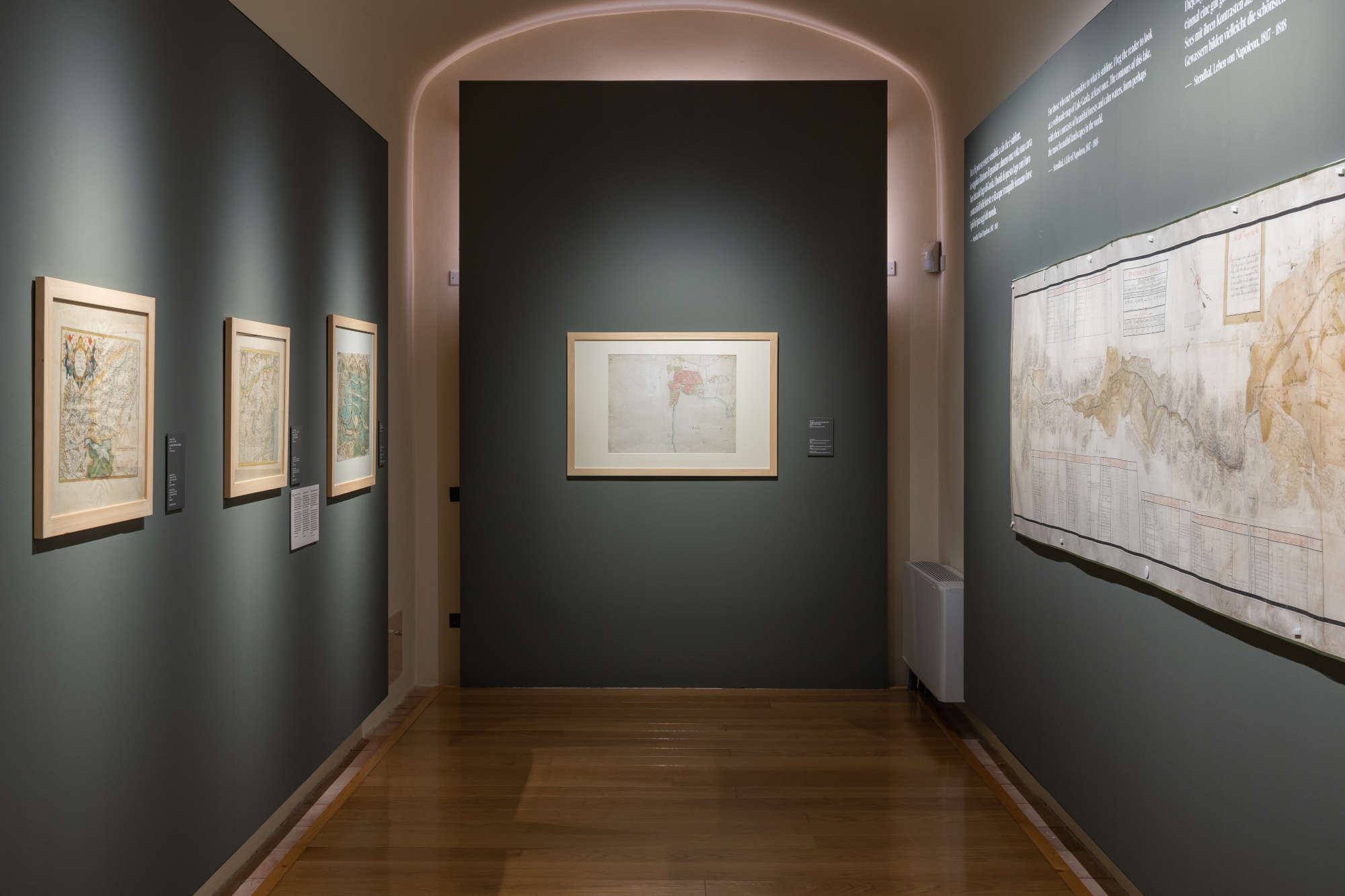
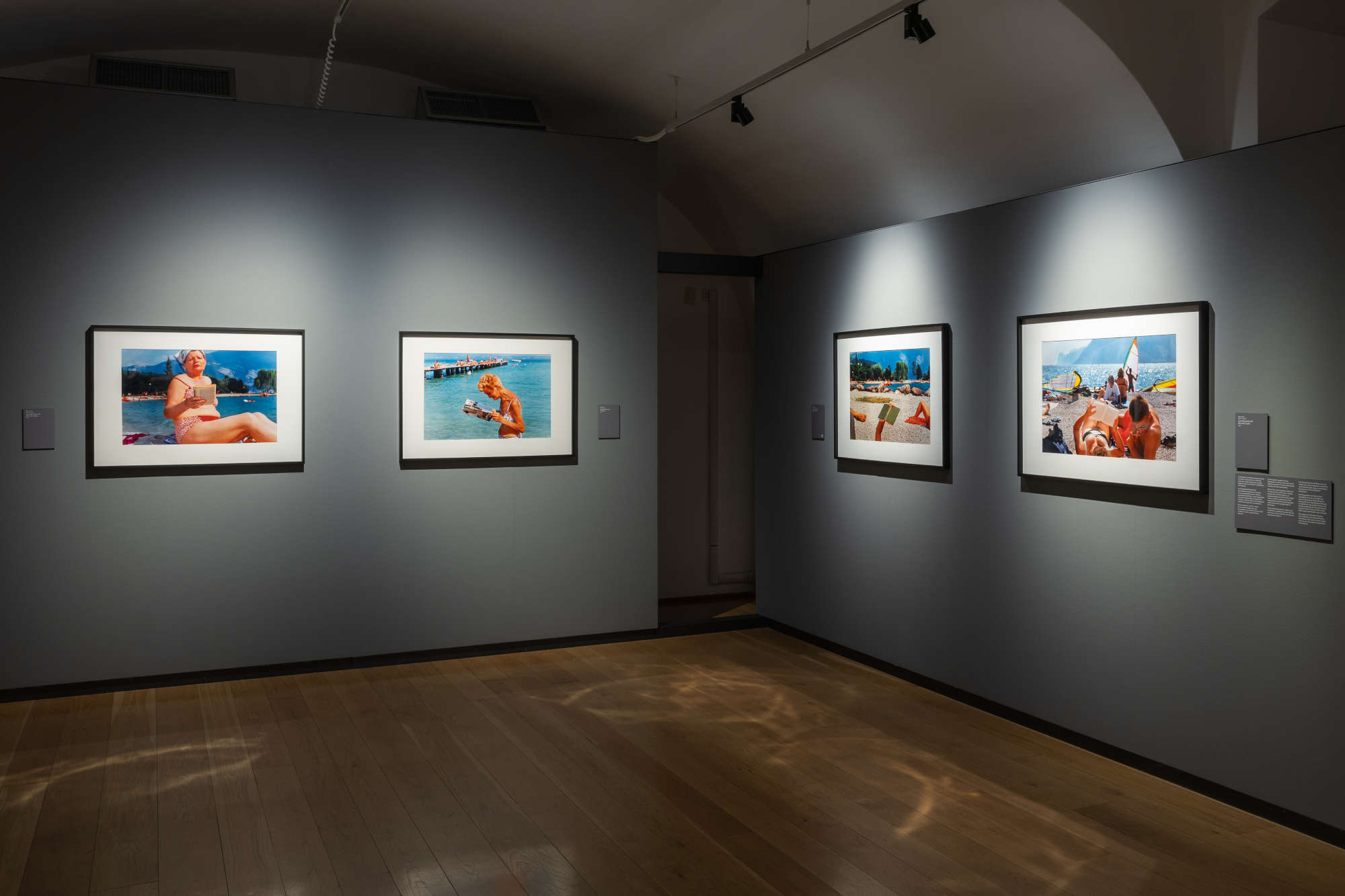
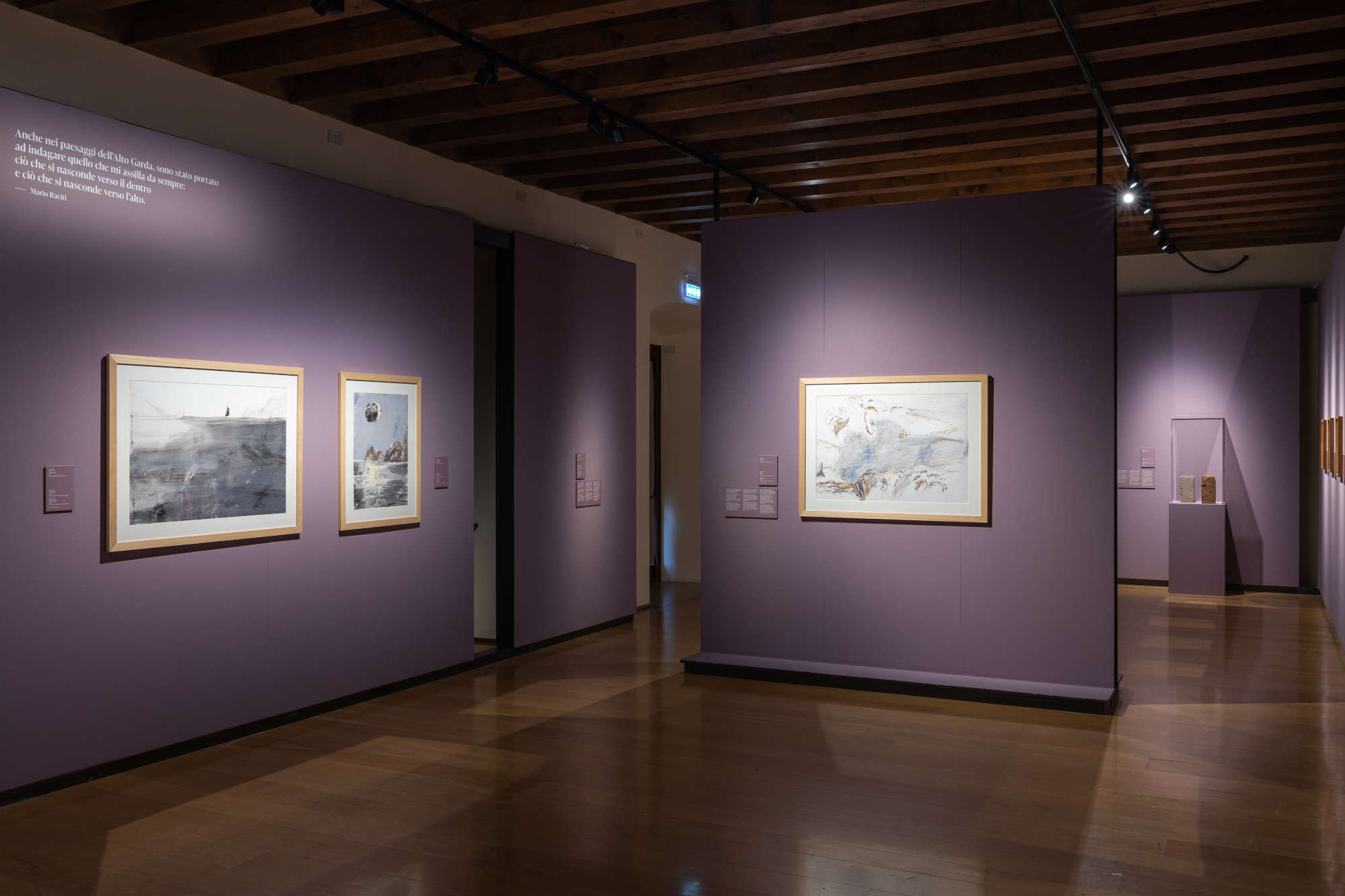
The "Visions on Garda" itinerary in detail
The Pinacoteca's new itinerary is divided into two large sections, organized according to chronological nuclei that often intertwine and recall each other, evoking aesthetic, temporal and language comparisons. The first section is devoted tosacred art from the Middle Ages to the 19th century, the second to the Gardesan landscape from the Modern to the Contemporary age.
The journey through Garda art starts from the 14th century, traversing centuries of history through painting, sculpture and minor arts. Medieval and Renaissance evidence tells of an area that, thanks to its border location, was able to attract artists from neighboring regions, commissioned to decorate secular and religious buildings of great importance. An emblematic example is the work of the Master of Sant'Anastasia, a sculptor active between Verona, Brescia and Trento, whose presence in Riva del Garda testifies to the cultural vibrancy of the period. In the 16th century, the Renaissance language established itself thanks to artists from Veneto and Lombardy, such as Monogrammista F.V., author of two altarpieces for the Disciplina church, and Maffeo Olivieri, a Brescian artist active in southwestern Trentino, who signed the Pietà in the archpriest's church in Riva.
The seventeenth century saw the triumph of the Baroque, with works such as Elia Naurizio 's rare Allegory of the Church Triumphant , or with ventures such as the Santa Maria Inviolata building site, which, commissioned by Giannangelo Gaudenzio Madruzzo, involved Martino Teofilo Polacco and Pietro Ricchi, the latter, an important Tuscan painter long active in the Brescia area, the author of the monumental Last Supper exhibited in the Pinacoteca and coming from the Gerolimini convent. The nineteenth century is marked by the presence of Giuseppe Craffonara (1790 - 1837), the main exponent of Trentino Neoclassicism (he is the author of works that are characterized by a full rediscovery of classical art and the old masters, especially Raphael, often reproduced and copied with great quality in the series of Madonnas, joined by the lesson of contemporaries such as Antonio Canova), and by the influence of Romanticism, favored by the figure of Andrea Maffei, a collector and patron who brought works by Hayez and Vela to Riva.
The second section of the itinerary focuses on the representation of the Garda landscape, a theme that has always been central to MAG. Maps, drawings, paintings and photographs document the evolution of the image of the lake and the communities that inhabit it. While there were already representations of the towns of Lake Garda in Roman and medieval times, it was not until the 16th century, with the improvement of cartographic techniques, that the first accurate maps were produced, such as theAtlas Tyrolensis, the first complete map of a European country depicting the county of Tyrol and the principalities of Trent and Brixen, which is astonishing in its accuracy and richness of detail.
Prominent in the exhibition is the canvas of The Departure of General Vendôme's Troops, in which the landscape becomes the absolute protagonist, depicted with meticulousness and attention to topographical and architectural detail. In the 19th century, objective representation gives way to a romantic vision, thanks in part to the arrival of northern artists attracted by the lake's charms during the Grand Tours. Painted views dialogued with historical photographs, which from the second half of the 19th century proposed new ways of seeing and rendering the landscape.
Between the end of the nineteenth century and the beginning of the twentieth, art opens up to innovative languages, less tied to faithful reproduction and more oriented to the expression of emotions. Alto Garda thus became the home of such exponents of the Italian avant-garde as Luigi Pizzini, Luigi Bonazza and Umberto Maganzini. A sketch of the Rocca made by futurist Fortunato Depero also finds space in this section, testifying to the artistic vitality of the area.
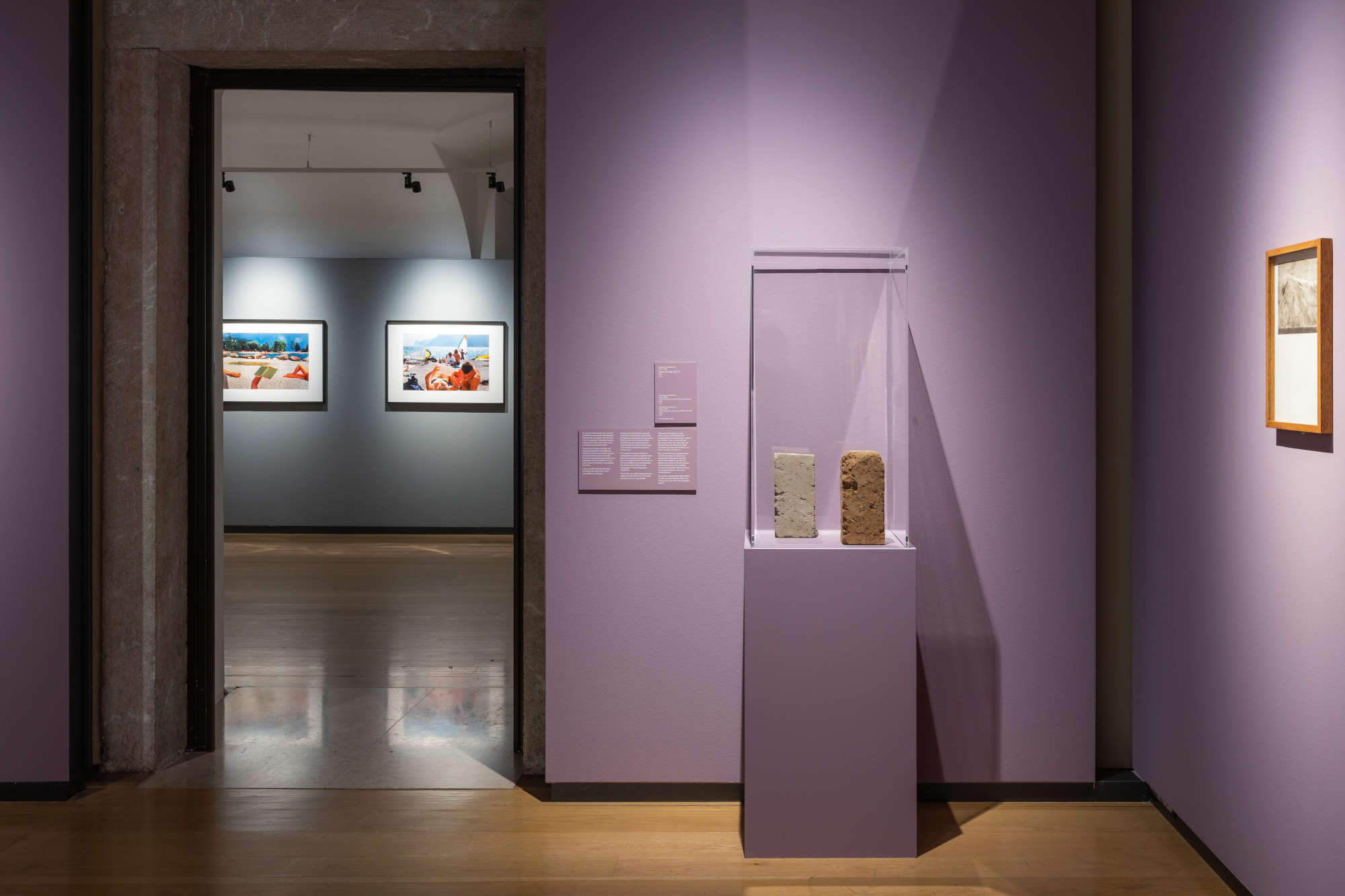
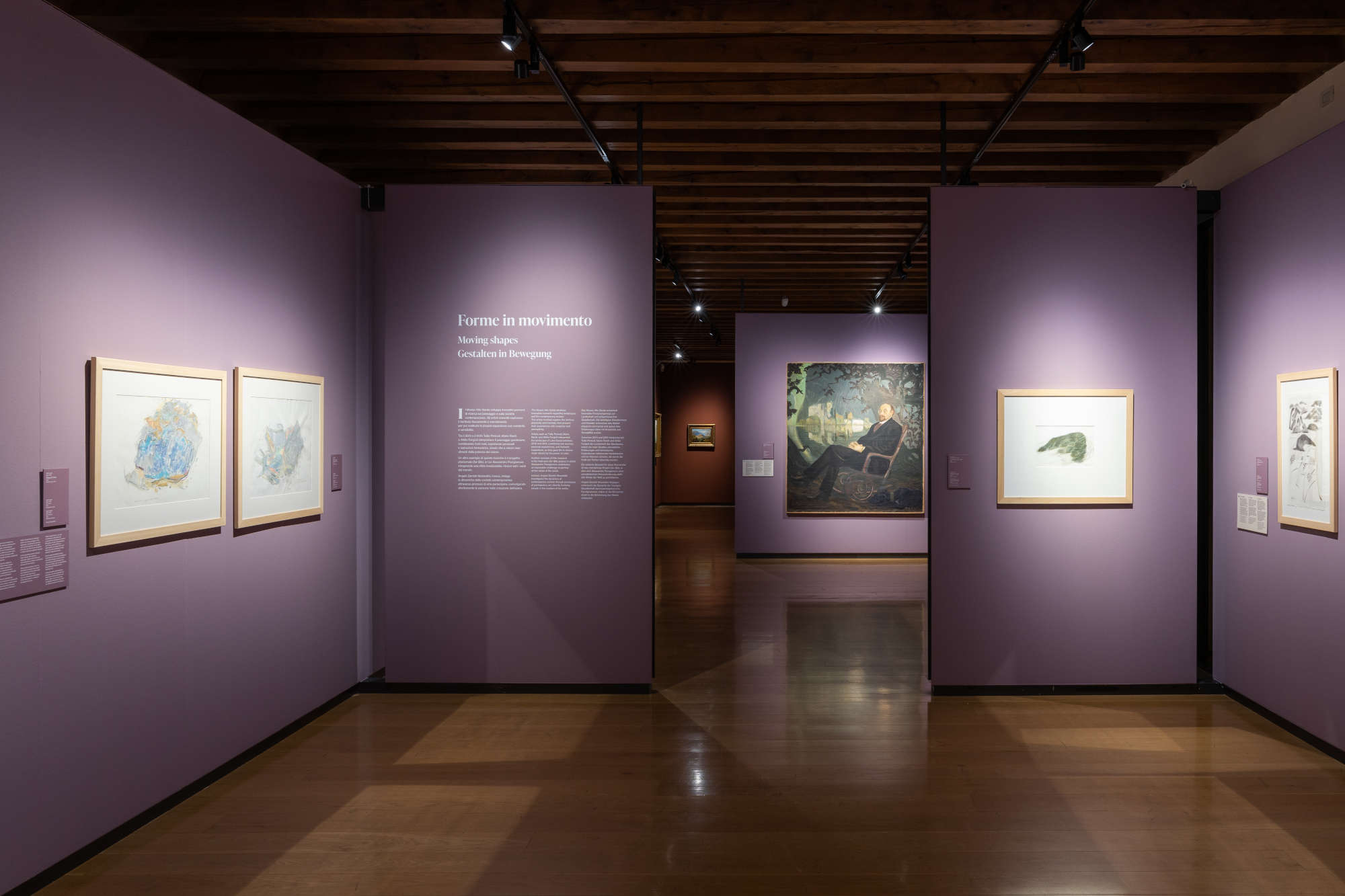
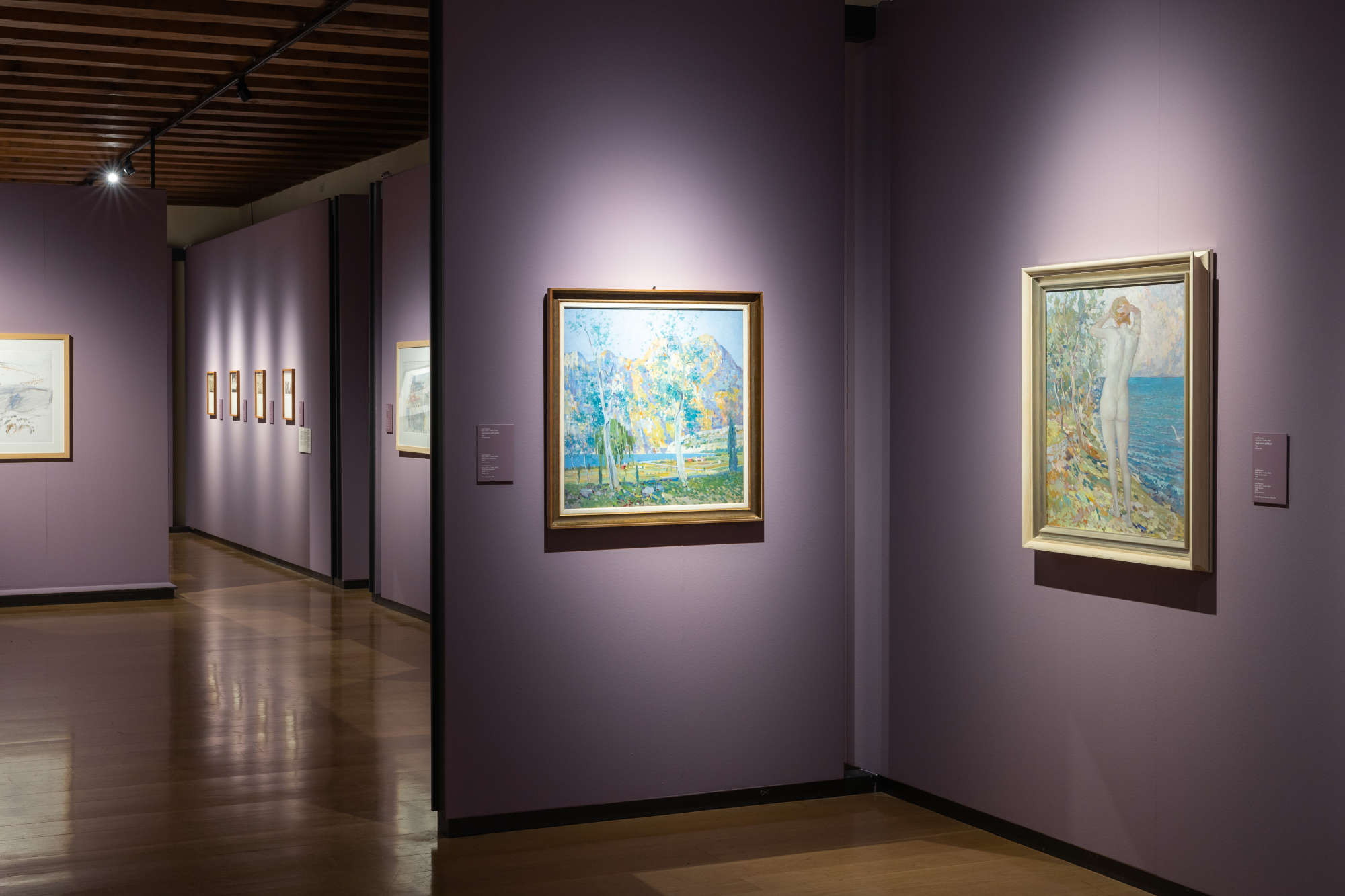
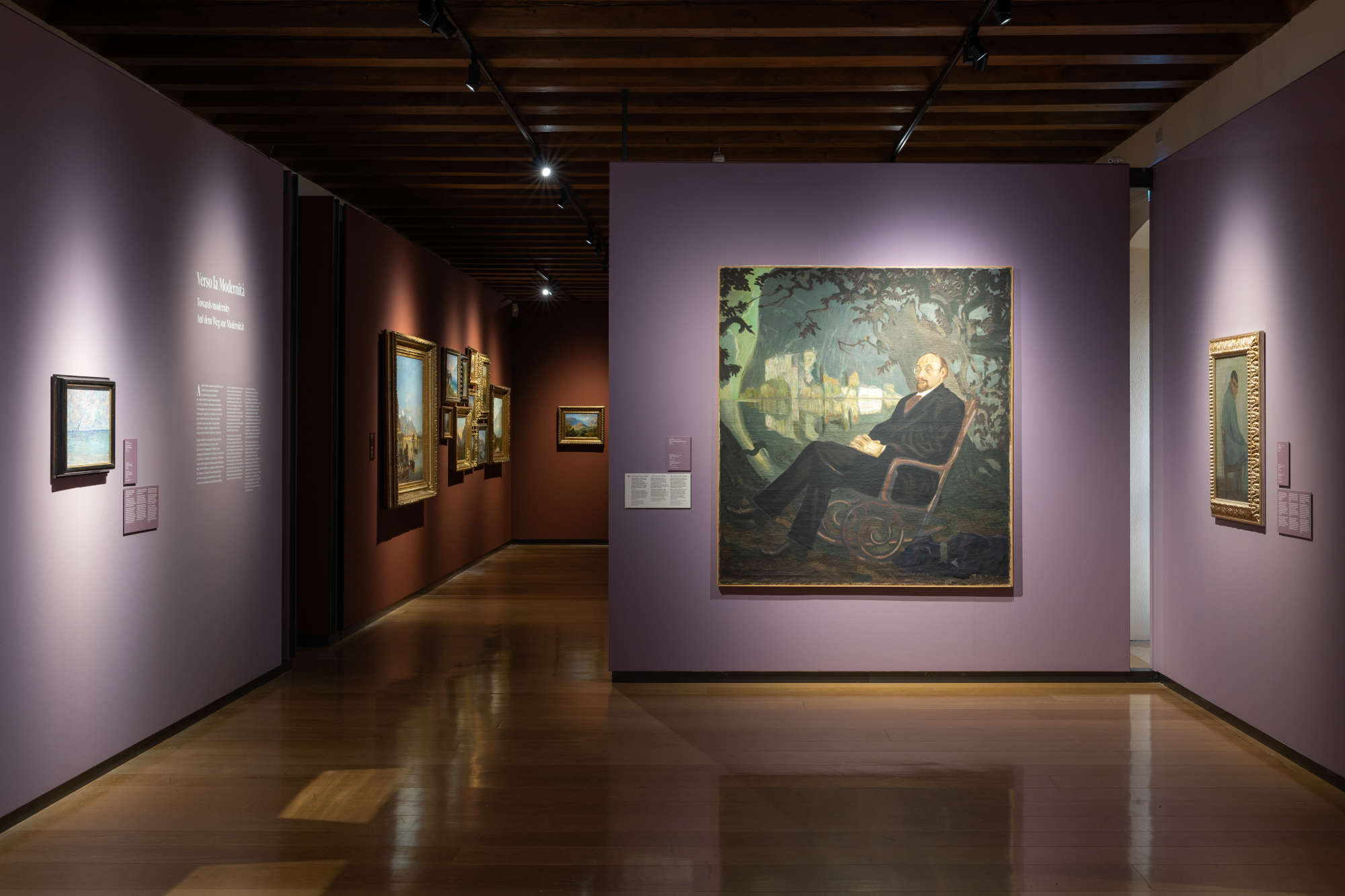
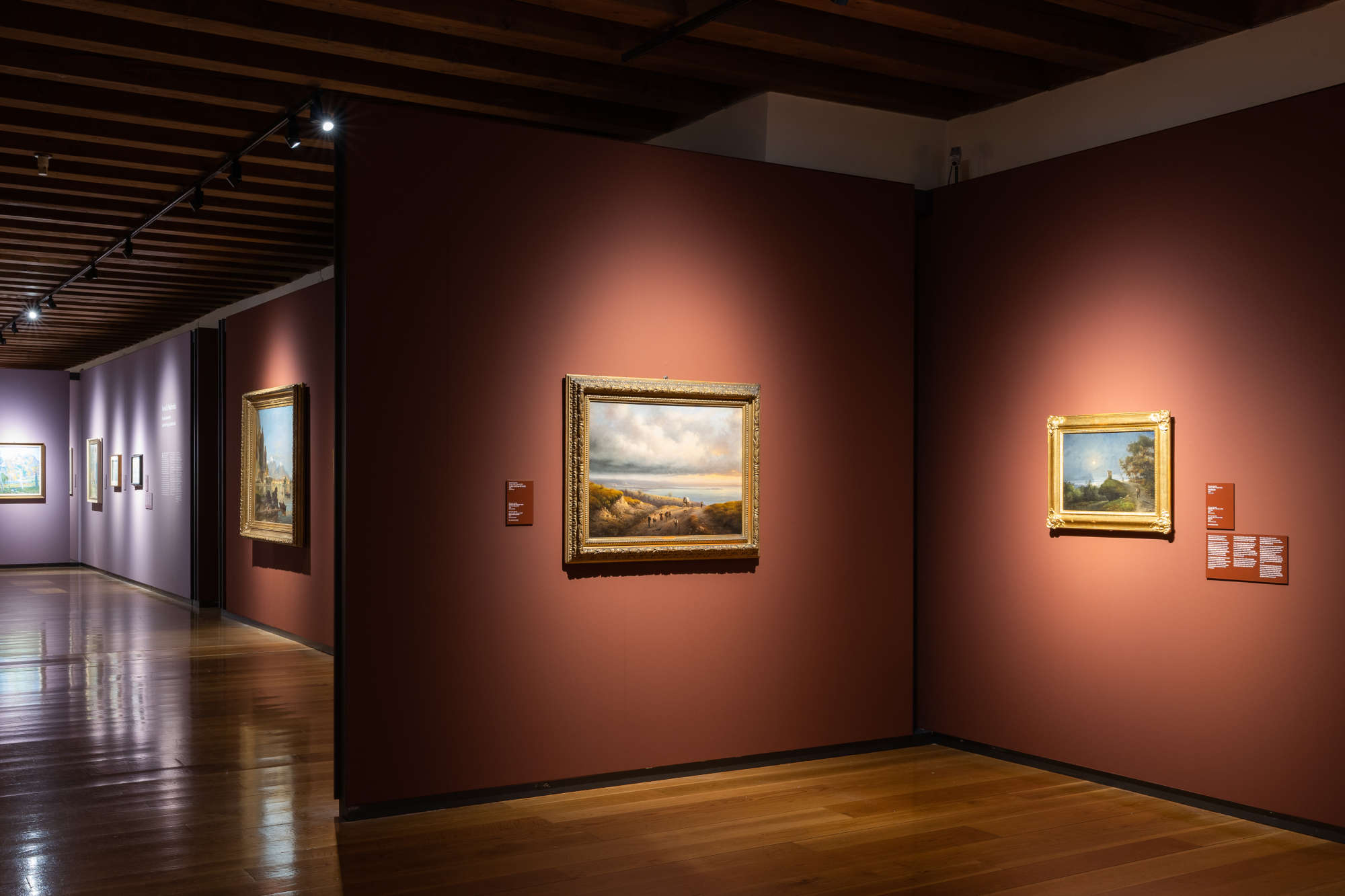
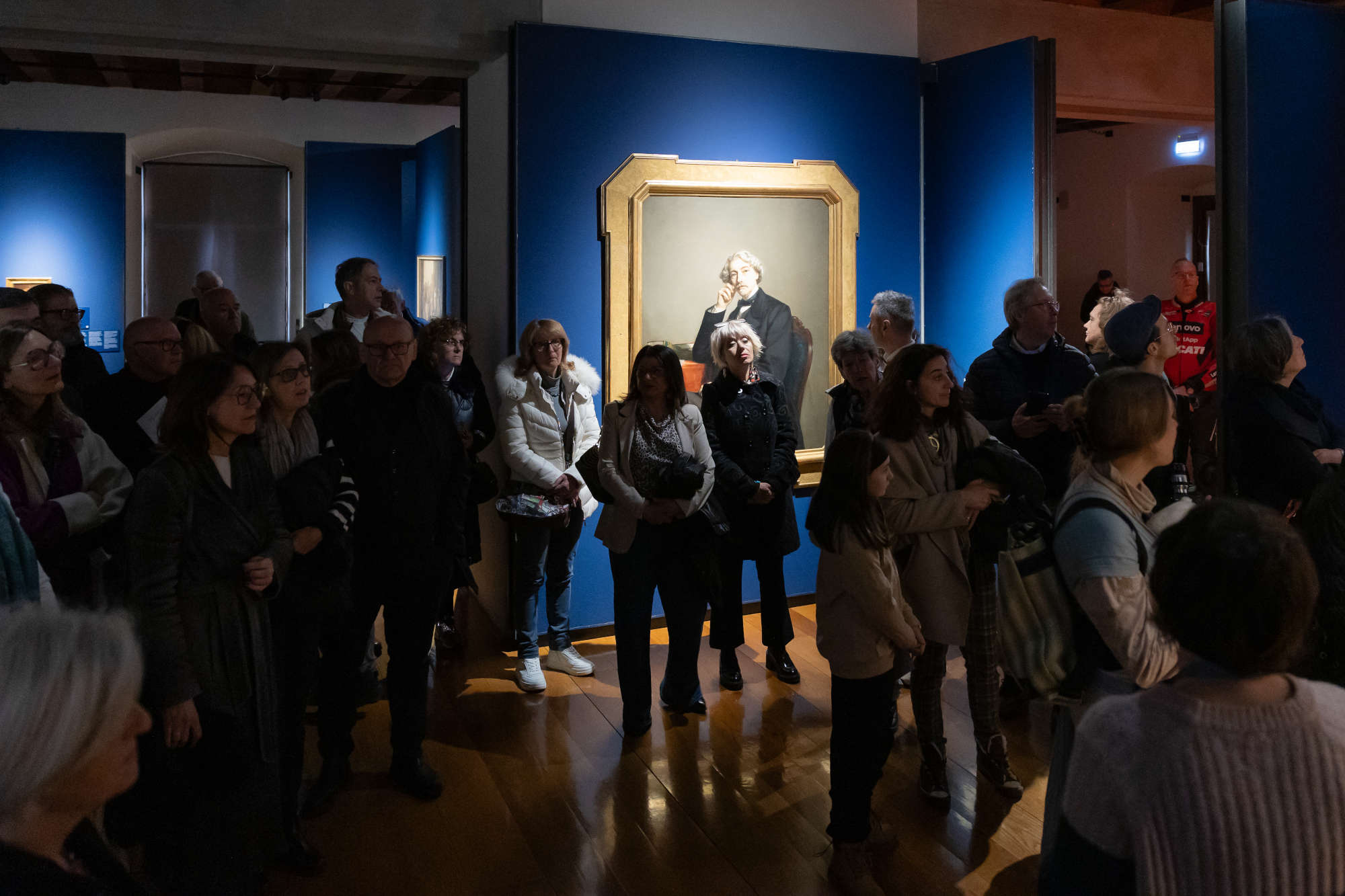
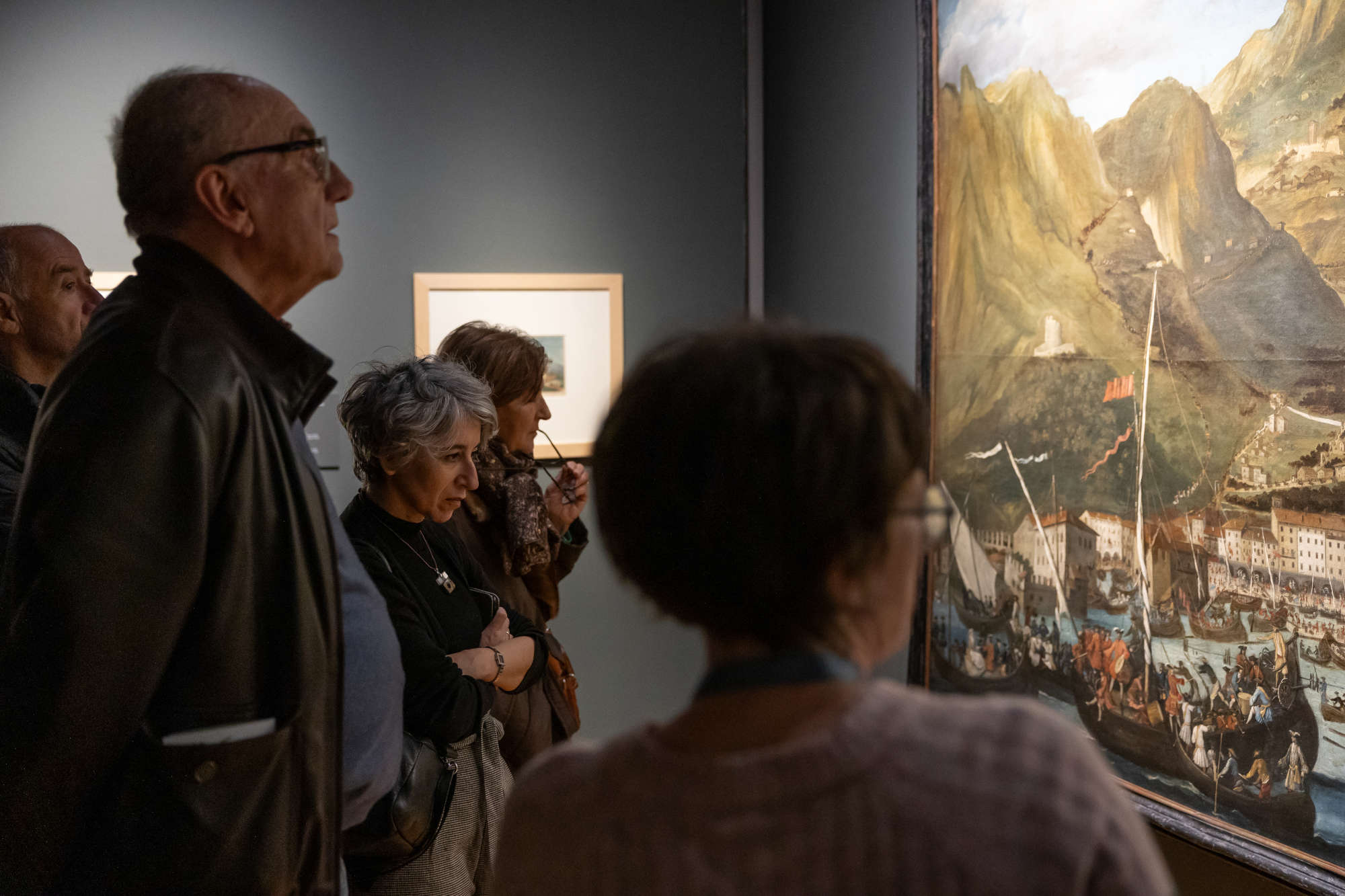
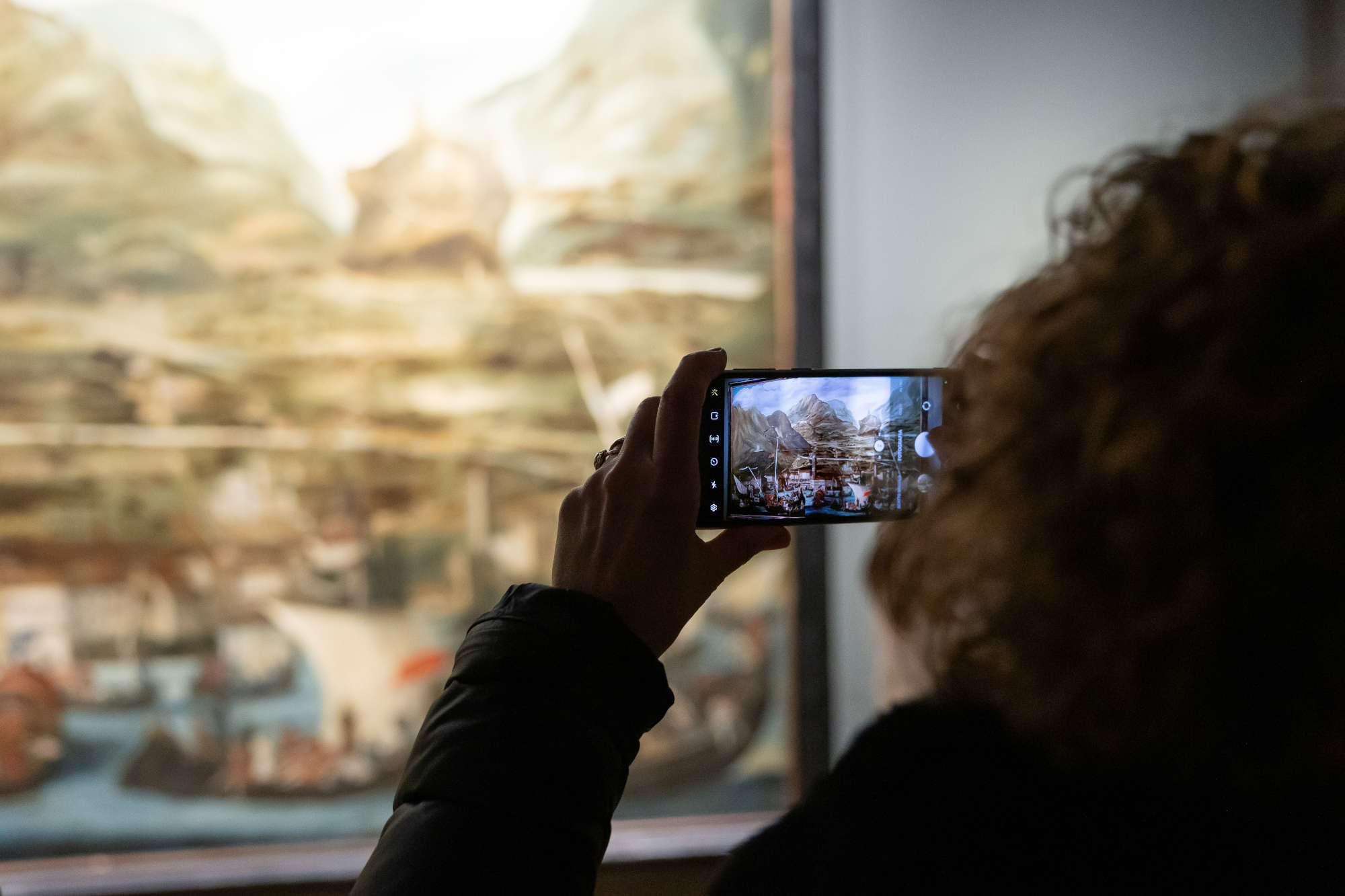
The MAG as a producer of contemporary culture
In the concluding part of the Pinacoteca, the itinerary opens up to more recent experiences, presenting a selection of projects carried out by the museum in the last decades: thus, the MAG also wants to present itself as a museum partly dedicated tocontemporary art, and as a subject producer of culture and art. Artists and photographers have been invited to interpret the Garda landscape and contemporary society, confirming MAG's role not only as a place of conservation and exhibition, but also as an active subject in cultural production.
Between 2013 and 2015, Tullio Pericoli, Mario Raciti and Attilio Forgioli created personal visions of the Garda landscape, combining real sources, personal experiences and fantastic suggestions, in works vibrant in chromatic intensity and evocative power. Another significant example is the multi-year project Der Blitz (2011-2015), which featured artists such as Alessandro Piangiamore, engaged in an "unrealizable challenge" of representation and interpretation of the territory. Finally, the last two rooms of the Pinacoteca host the project Sguardi gardesani, started in 1997 by the then Museo Civico di Riva del Garda, aware of the contribution that art photography can make to the knowledge of places. In the different editions, internationally renowned authors document Garda with different languages and intentions, without limiting themselves to a simple reading of the territory. In order, Gabriele Basilico and Massimo Vitali, John Davies and Martin Parr, Vincenzo Castella and Toni Thorimbert, Jordi Bernadò and Luca Campigotto, Mimmo Iodice and Bernard Plossu are participating.
The new MAG Alto Garda's visitor route is thus intended to represent a model of contemporary museum, capable of combining heritage enhancement with innovation and active community participation. Through a dynamic, multilevel and inclusive layout, the museum offers each visitor the chance to live a unique experience, which goes beyond the mere contemplation of the works to become a journey of discovery, comparison and personal growth. The MAG thus confirms itself not only as the custodian of memory, but as a laboratory of ideas and a meeting place between past, present and future.

